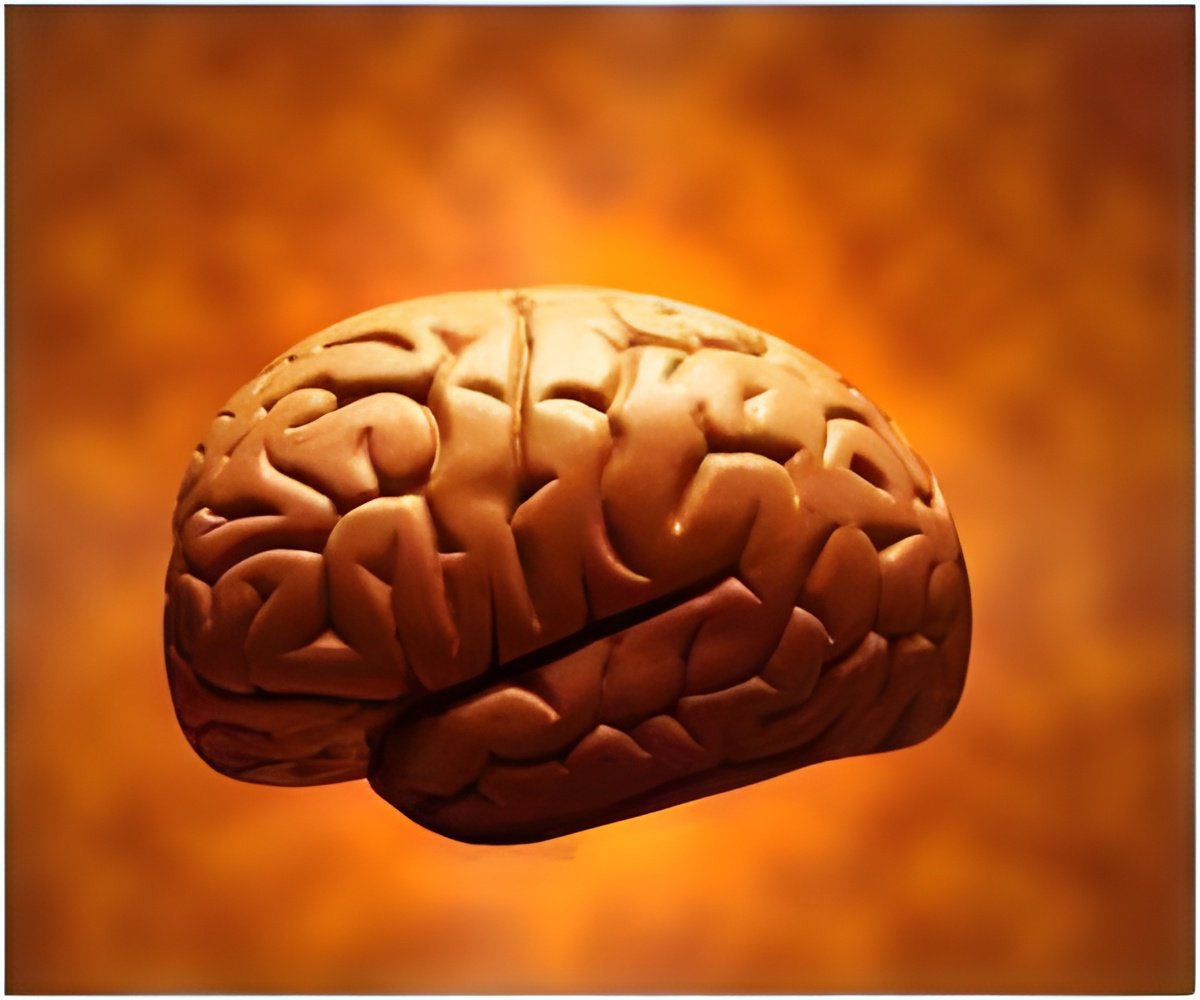Researchers have found a new molecular pathway underlying Parkinson's disease and have informed about available drugs which can slow progression of the disease.

Though high levels of polyamines have been found previously in patients with Parkinson's, the new study led by researchers at Columbia University Medical Center is the first to identify a mechanism for why polyamines are elevated in the first place and how polyamines mediate the disease.
The researchers also demonstrated in a mouse model of Parkinson's disease that polyamine-lowering drugs had a protective effect.
"The most exciting thing about the finding is that it opens up the possibility of using a whole class of drugs that is already available," said Scott A. Small, senior author of the study.
"Additionally, since polyamines can be found in blood and spinal fluid, this may lead to a test that could be used for early detection of Parkinson's," he said.
Though many cellular defects have been found to cause rare, inherited forms of Parkinson's disease, most cases of Parkinson's are caused by unknown changes inside the brain's neurons.
The success of the technique depends on identifying regions of the brain affected by the disease and comparing them to unaffected regions.
The scans showed that one region of the brainstem was consistently less active in these patients than in healthy control subjects. Also revealed in the scans was a neighbouring region that was unaffected by the disease.
Next, using brain tissue from deceased patients with Parkinson's, the researchers looked for proteins that could potentially explain the brainstem imaging differences.
To validate the finding, three separate studies - in yeast, mice, and people - were performed.
The yeast studies revealed that polyamines promote the accumulation of a toxic Parkinson's-causing protein in living cells, and not just in test tubes, as was known from previous research.
In the mice studies, a link was established among SAT1, polyamines, and Parkinson's toxins in a mammalian brain. These experiments also revealed that drugs that target SAT1 may be able to slow down the progression of Parkinson's disease.
Genetic studies in patients with Parkinson's provided further evidence that polyamines may help drive Parkinson's disease in people. After examining the SAT1 gene in nearly 100 patients with Parkinson's, it was uncovered that novel genetic variant that was found exclusively in the study's patients with Parkinson's but not in controls.
"Even though the variant was rare in patients with Parkinson's, finding it was surprising and further strengthens the possibility that defects in the polyamine pathway help to trigger the disease," said Small.
The findings appeared in the Proceedings of the National Academy of Sciences.
Source-ANI
 MEDINDIA
MEDINDIA




 Email
Email





